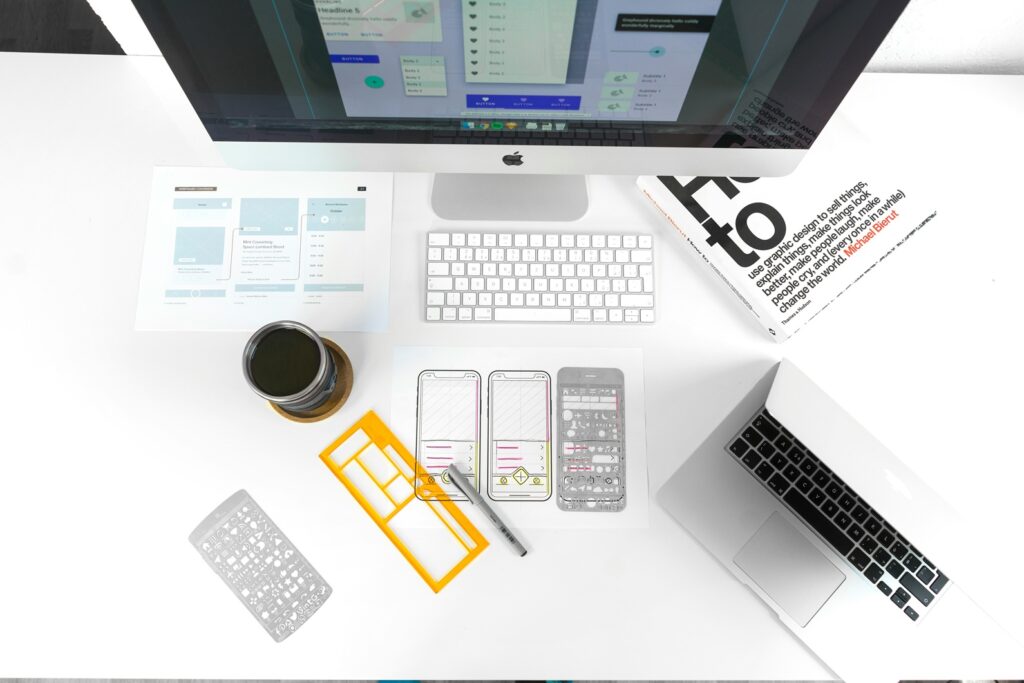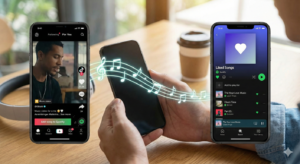In the world of design, trends travel fast. From minimal interfaces to neumorphism and micro-interactions — what’s hot in San Francisco today is on a Nigerian startup’s design board tomorrow. But here’s the catch: what works in the West doesn’t always work when you design for Nigerian audiences.
Why? Because design is not just about aesthetics — it’s about context, behaviour, and culture.
Let’s break it down.
1. Data Realities: Nigerians Are Still Data-Conscious
A UI design filled with fancy animations, full-width video backgrounds, and heavy motion effects might look amazing, but it eats up data. In Nigeria, many users:
- Use data-saving browsers like Opera Mini.
- Buy small data bundles (50MB to 1GB).
- Disable media auto-play and background updates.
Prioritize lightweight interfaces. Use image compression, reduce motion-heavy features, and offer “lite” versions of apps/websites.
2. Literacy Levels and Language Use
Not everyone in Nigeria is fluent in English, let alone design lingo. Using abstract microcopy like: “Sync your preferences to amplify your experience.” won’t connect.
Use simple, direct language. Think “Save Settings” instead of “Sync Preferences.” Better still, consider localisation into Pidgin or local languages where needed.
3. Internet Speed and Infrastructure
Nigeria’s internet infrastructure isn’t always reliable. Users switch between 2G, 3G, and 4G depending on location. A slow-loading, script-heavy app can lead to drop-offs.
Optimize loading speeds. Use skeleton screens or loading states that don’t frustrate users. Build offline-first features if possible.
Related: Breaking the ‘Exposure Mentality’: Why Nigerian Designers Should Stop Working for Free
4. Navigation Patterns Are Different
Western audiences are used to tab bars, bottom navs, and gesture-based navigation. But Nigerian users might be more familiar with straightforward, button-driven layouts. Also, they often expect WhatsApp-style navigation, due to how widely used it is.
Design based on popular usage patterns among your target demographic. Observe how people interact with similar apps and mimic familiarity.
5. Trust and Skepticism in Digital Products
Many Nigerians are cautious when it comes to new apps, especially those asking for sign-ups or payment. Poor experiences with scams, unreliable apps, or sudden charges have made people sceptical.
Make onboarding simple.
Offer value first before asking for sign-up.
Use trust markers like testimonials, known partners, and verified badges.
Design for Nigeria, Not Just the Internet
UI/UX isn’t just global—it’s local. A design that wins awards abroad might flop in Onitsha or Ibadan. If you want your Nigerian users to click, convert, and come back, you must design for Nigerian audiences—consider their culture, habits, devices, fears, and goals.
Your best design asset? Empathy.







